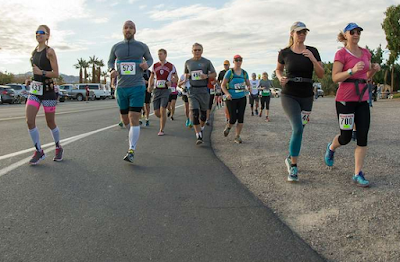Running is good medicine. Ask any marathoner, triathlete, cross-country runner, track star, sprinter, or weekend jogger. We can trumpet the health-related virtues of exercise, cardiovascular fitness, and stress relief – which all come with running regularly.
Now modern medicine is making that claim official. Running is good medicine, and perhaps it even trumps medications often prescribed for anxiety and depression.
A recent medical research study in the Netherlands examined 141 depression/anxiety patients over a four-month period. Some were given escitalopram (Brand name: Lexapro), an antidepressant medication. Others received running therapy. Although both groups experienced some antidepressive improvements, the running group also enjoyed better overall physical health benefits. (in terms of remission and response). The Journal of Affective Disorders published the research study findings in 2023.
The researchers pointed to selective serotonin reuptake inhibitors (SSRIs) as mood boosters for the medication group, reducing anxiety and depression. In the running group, two to three 45-minute runs weekly brought about slightly better antidepressive improvement than the other group. In addition, the running participants bettered their overall fitness, while losing weight and reducing their blood pressure and heart rates. And the running group faced no potential drug side effects.
The only trouble with the running group seemed to be that a few participants dropped out of the training sessions over the four-month period. As we all know, the benefits of running only hold true, if we stick with it.
Those findings don’t even take into account the famous “runner’s high,” brought on by increased endorphin hormones released in the body during rigorous exercise.
So, yes, running is good medicine for lots of reasons.
We could have told you that. In fact, we probably did. Runners know the physical, mental, and emotional benefits of making time to crank out a few miles. And we know how crummy and cranky we can feel when we can’t get our runs in.
Related Items:
- Can you run with sleep apnea?
- Cold-weather running: 10 ways to save face
- Mixing it up: Cross training adds spice and fitness
- Value of running evolves with resolve and vast victories
- What’s the difference between a runner and a jogger?
- Winter weight: 8 ways to stay trim during the holiday season
Image/s: Public domain photo
Feel free to follow Runderdog on Twitter, as well as Run Run Run in Wisconsin and Northern Illinois (Runderdog Runs the Midwest) on Facebook. Please visit my Amazon author page as well.





